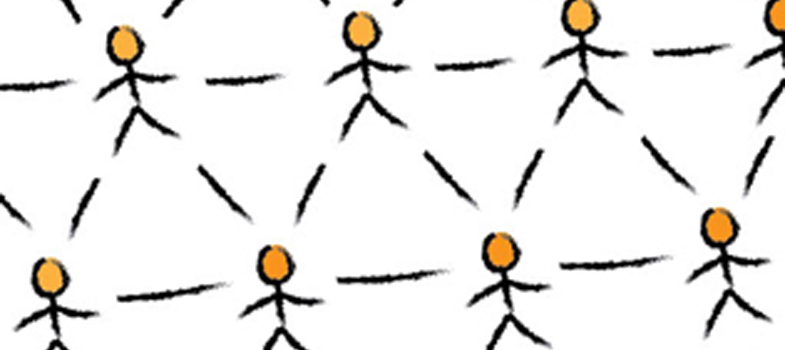3.7 Dealing with conflict
No social environment can exist without the occasional moment of conflict. The nature of online conversations, where the content of the message is all-important, means that misunderstandings can sometimes occur and – in the absence of the normal social cues that we rely on – can quickly escalate.
If, at any time, you feel that the discussion is becoming aggressive or inappropriate, or contains a tone that may upset some learners, then you acn escalate these to the site’s web team to action accordingly.
Conflict in an online environment can affect an individual and also damage the learning experience for all the learners directly involved, including those learners witnessing the event.
Some behaviour can cause offence where there is no malicious intent. The impact of behaviour on a person affected by it is more relevant that the motive behind it. In these cases it is helpful to ask if a reasonable person could think that the behaviour amounts to conflict, bullying or harassment. In most cases people know, or should know, that remarks or actions are causing offence, and that causing such offence is unacceptable.
Conflict can:
- have a devastating effect on an individual
- cause anxiety, loss of concentration, illness and absence from study and/or work
- have a damaging effect on the study learning environment, resulting in poor morale, reduced productivity and removal from the learning environment.
Examples of unacceptable behaviour are:
- personal insults or name-calling
- public humiliation, derogatory or belittling remarks concerning performance, opinions, or beliefs
- constant non-constructive criticism
- sexual innuendo
- unwelcome advances, attention, invitations or propositions
- unwelcome comments on the effects of a disability on someone’s personal life
- offensive or derogatory comments relating to someone’s gender, sexual orientation, colour, ethnic or national origin, age, socio-economic background, disability, religious or political beliefs, family circumstances, or appearance.
Learners will be required to comply with a code of conduct for the platform that they are learning on. The role of the facilitator is to step in when they see conflict occurring.
Be alert and take the appropriate action by alerting the lead instructor/educator of the course and using the report buttons available on the platform. This will ensure that the comments causing the conflict are escalated through the platform’s reporting channels and will be addressed by the platform’s operatives.
3.6 Developing effective communication
